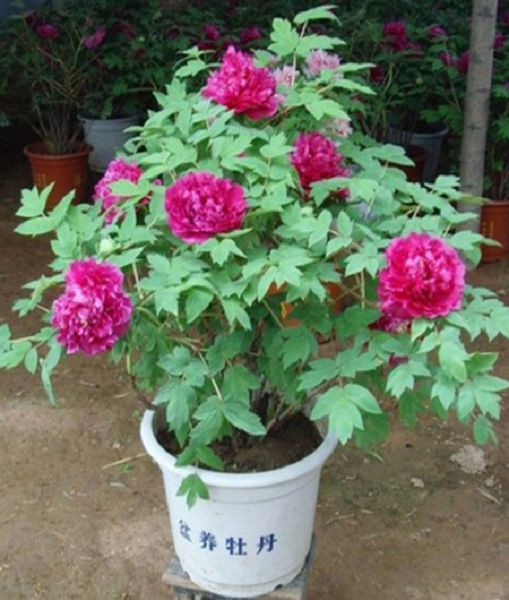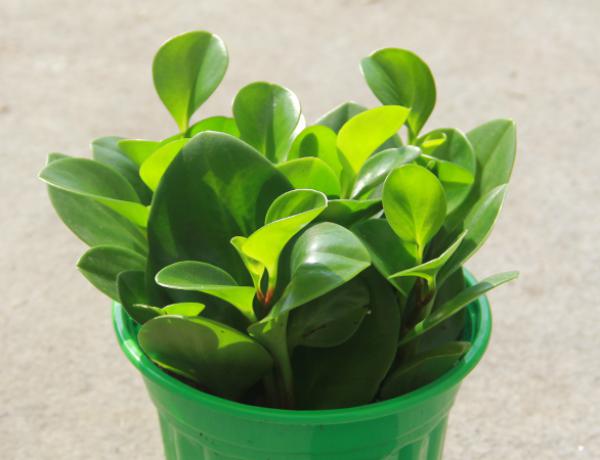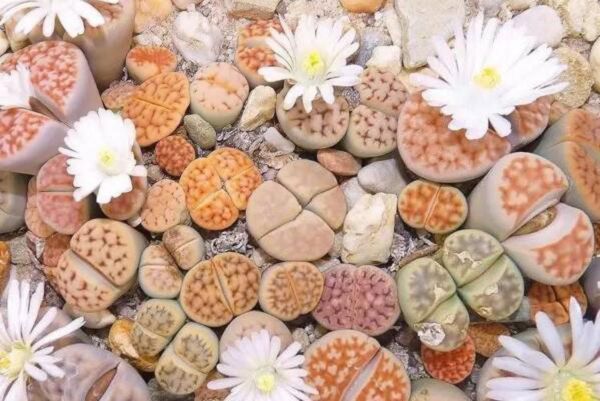How to prevent potted peony from rotting roots and falling buds

Peony is native to the mountains of Qinling and Dabashang in western China, and there are still wild single peony varieties in this area. Peony is a small perennial deciduous shrub with slow growth rate and small plant type. it is a unique woody and precious flower in China with bright colors, rich and dignified flowers and a wide variety of flowers. It is known as the laudatory name of national fragrance and king of flowers. Since ancient times, it has been regarded as a symbol of prosperity and prosperity. Peony is the most famous peony in Luoyang and Heze, Shandong.
Peony is praised by generations not only because of its large flowers, beautiful shape, colorful and fragrant, but also because of its high ornamental and medicinal value. Here are some ways to prevent the rotten roots and buds of potted peonies:
1. Peony should not be watered more, it should be watered only when it is dry. It is better to dry than wet, especially to avoid stagnant water, pay attention to drainage during the rainstorm.
2. Except that N, P and K fertilizer should be applied during flower bud differentiation and bud gestation, topdressing should not be applied in other periods.
3. Choose the neutral soil which is loose, fertile and rich in humus.
4. After the flower fade, you should trim it in time and remove too many branches and residual flowers.
5. It is not advisable to leave the room too early in early spring to prevent the invasion of cold air and cold current; proper shade in summer to prevent strong light exposure.
Peony is known as the king of flowers. Sex likes a warm, cool, dry, sunny environment. Like the sun, but not resistant to summer sun exposure, but also resistant to semi-shade, cold, drought, weak alkali, avoid stagnant water, afraid of heat, afraid of direct sunlight. It is suitable to grow in neutral sandy loam soil which is loose, deep, fertile, high dry and well drained. Poor growth in acidic or clayey soils. The plant will be dormant when the temperature is above 25 ℃, and the optimum temperature for flowering is 17-20 ℃, but it must be treated with low temperature of 1-10 ℃ for 2-3 months before flowering.
Related
- Fuxing push coffee new agricultural production and marketing class: lack of small-scale processing plants
- Jujube rice field leisure farm deep ploughing Yilan for five years to create a space for organic food and play
- Nongyu Farm-A trial of organic papaya for brave women with advanced technology
- Four points for attention in the prevention and control of diseases and insect pests of edible fungi
- How to add nutrient solution to Edible Fungi
- Is there any good way to control edible fungus mites?
- Open Inoculation Technology of Edible Fungi
- Is there any clever way to use fertilizer for edible fungus in winter?
- What agents are used to kill the pathogens of edible fungi in the mushroom shed?
- Rapid drying of Edible Fungi



